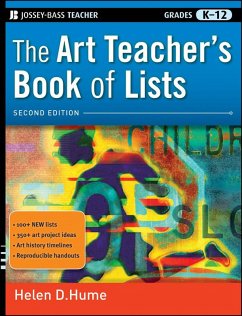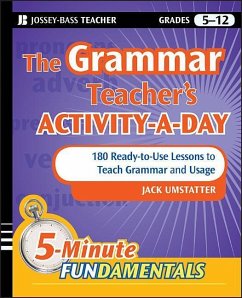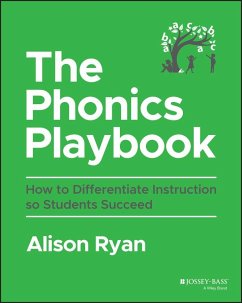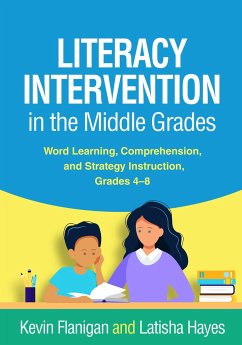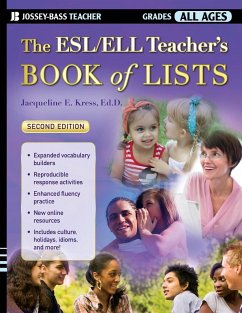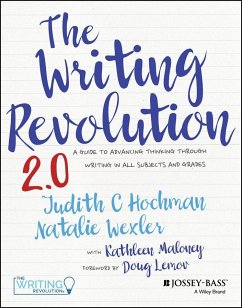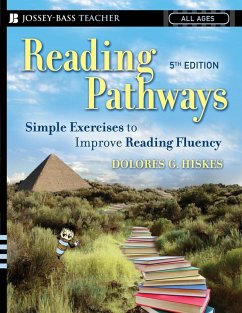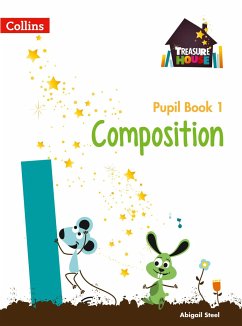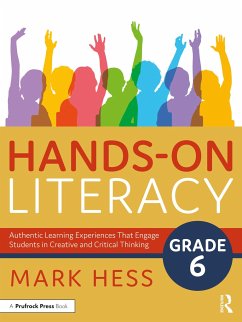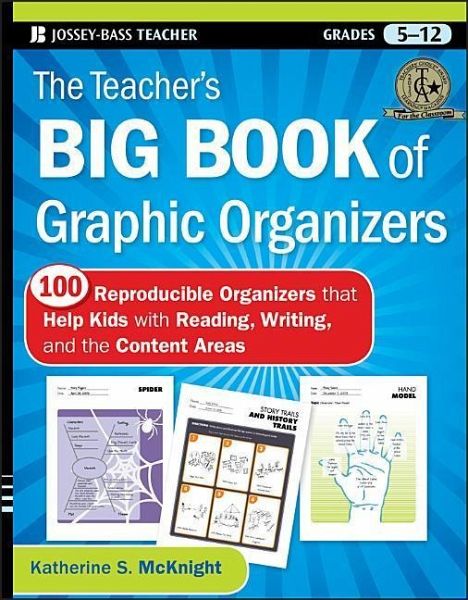
The Teacher's Big Book of Graphic Organizers, Grades 5-12
100 Reproducible Organizers That Help Kids with Reading, Writing, and the Content Areas
Versandkostenfrei!
Versandfertig in 2-4 Wochen
28,99 €
inkl. MwSt.
Weitere Ausgaben:

PAYBACK Punkte
14 °P sammeln!
Tap into the power of graphic organizers for classroom success Veteran educator and NCTE trainer Katherine McKnight shows how students can use graphic organizers as an important tool to organize new information.




